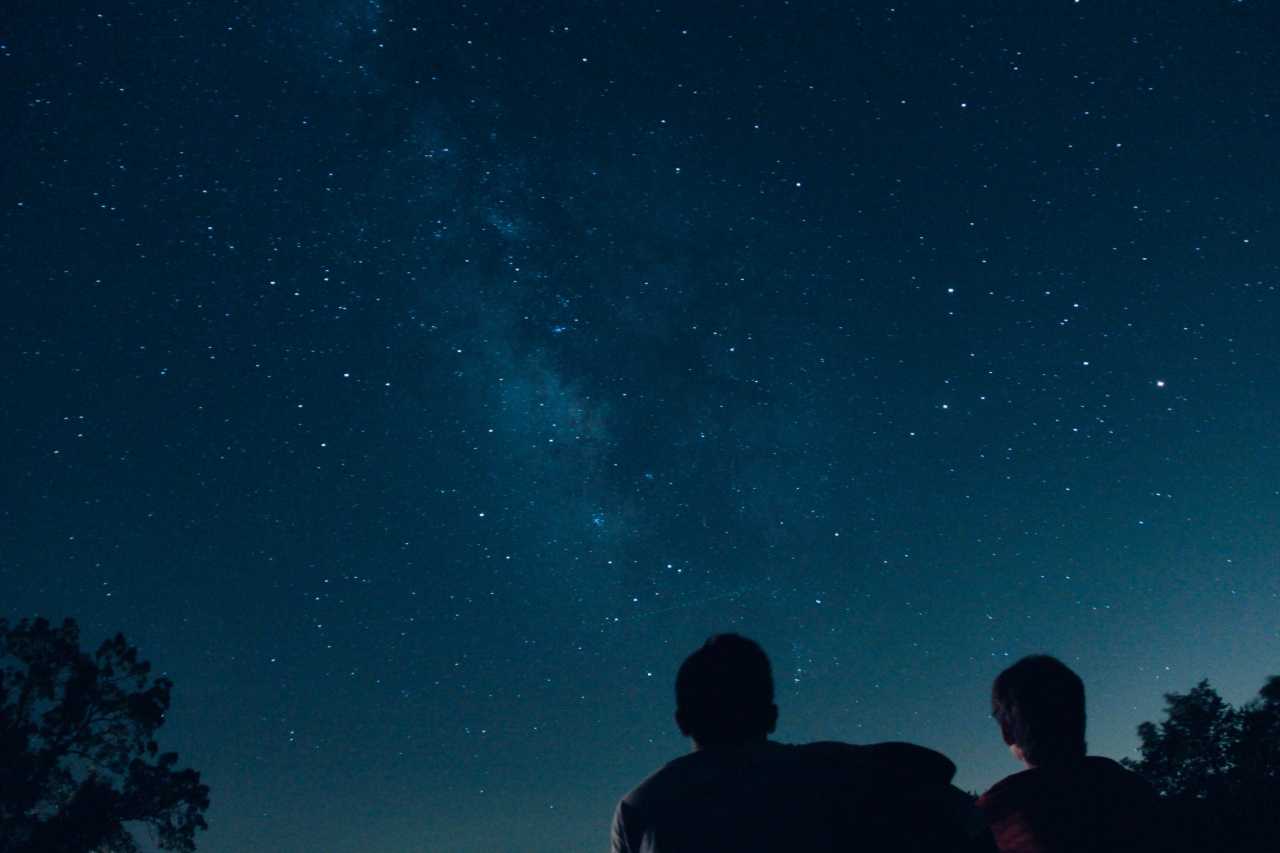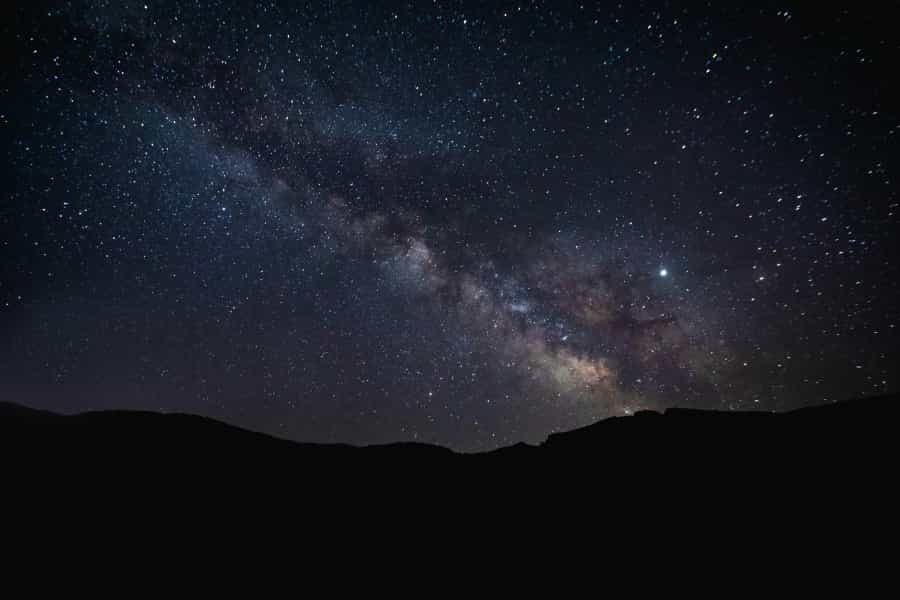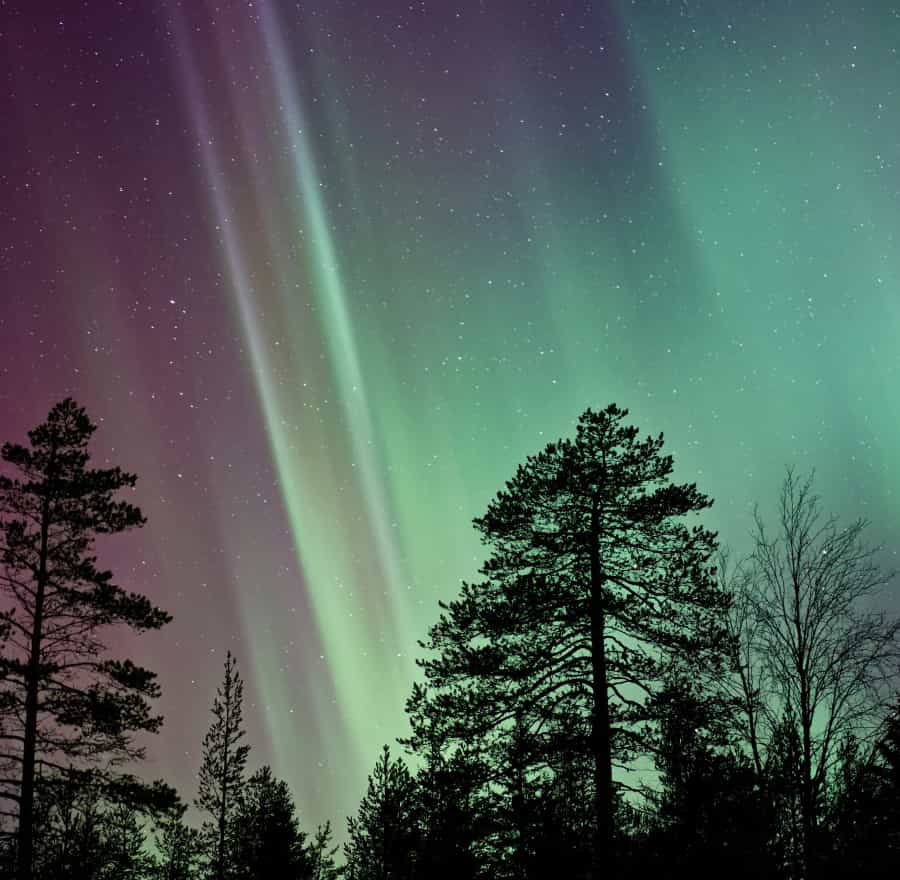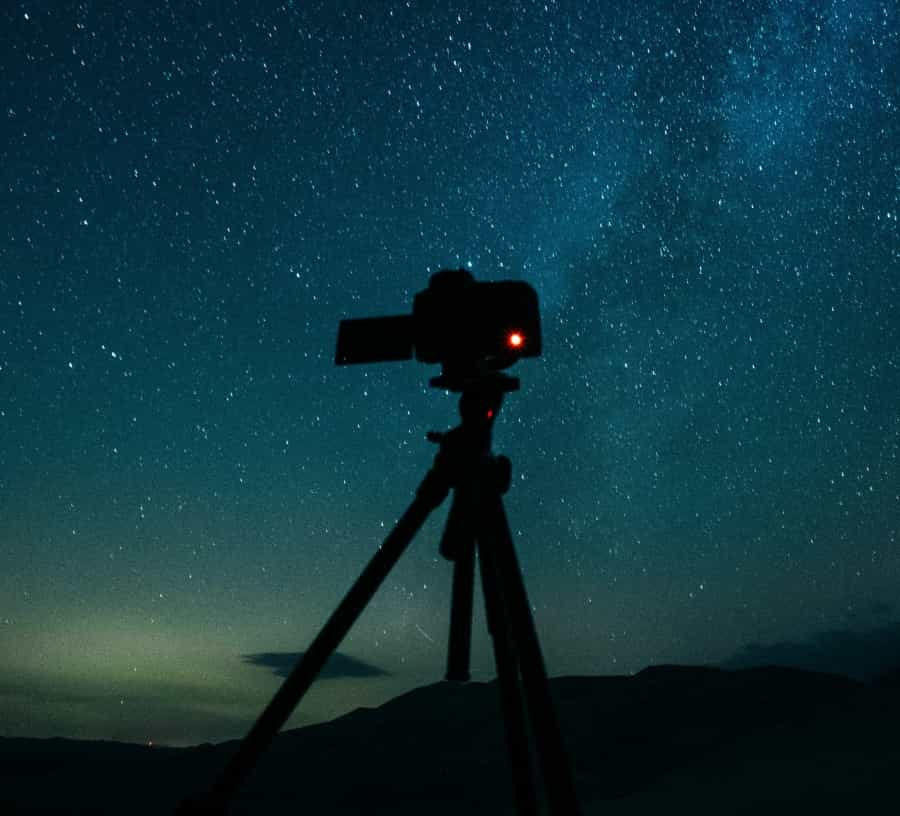Cairngorms Stargazing

With seven of the world’s 21 Dark Sky Reserves under its belt, the UK can lay claim to another accolade in the stargazing world: namely that it is also home of the most northerly International Dark Sky Park on the planet. The remote area of Glenlivet and Tomintoul in the north of the Cairngorms National Park has earned this prestigious status thanks to its lack of light pollution – and there are plenty of other places in the park where you can enjoy celestial shows in our night skies.
Want to experience this for yourself? Read on for Pitchup’s guide to star-spotting in the national park, with tips for first-time stargazers, suggestions of where to see the shape-shifting Aurora Borealis and details of dark skies events taking place in the region throughout the year.
Why the Cairngorms for stargazing?
Thanks to the lack of light pollution, the northerly latitude of the Cairngorms and the higher altitudes of the best viewpoints, the national park has some of the darkest dark skies in the UK. With amazing observation points looking over vast open horizons, it’s a fantastic destination for stargazers – particularly in winter when the air is colder and less humid.
As well as being great for recreational star-spotting, dark skies are important as light pollution disrupts the natural habits of animals and wastes energy. Farms, distilleries, other local companies and councils have come together under the innovative Dark Skies Project to reduce light pollution in the park, so its skies will remain pristine for the future, for the benefit of both wildlife and visitors.
Best stargazing spots in the Cairngorms
The best time for stargazing in the Cairngorms is during the darker winter months of October to March – so wrap up warm and get a flask of hot chocolate ready for some late nights in often-snow-covered landscapes.
Tomintoul and Glenlivet
As a designated International Dark Sky Park, this area is officially one of the best places in the UK for viewing the night skies. The three nominated Dark Sky Discovery Sites at Blairfindy, Tomintoul and Scalan have little light pollution, easy road access and open vantage points from which to observe the night sky, although anywhere in the area is likely to offer great stargazing.
Glen Muick
This spectacular glen on the Balmoral Estate is completely unaffected by light pollution, making it a superb setting for seeing skies brimming with stars. Perhaps the best viewing area is down by the serene loch with its splendid backdrop of rugged hills; it’s a short and gentle walk from the car park at Spittal of Glen Muick.
Loch Morlich
Skies are occasionally so bright over this remote and peaceful loch that you can see the Milky Way actually reflected in the still waters. There’s parking space on the side of the loch, just off the B970 from Coylumbridge.
SnowRoads
If you’re driving the SnowRoads route, the A93 between Braemar and Spittal of Glenshee also offers good star spotting, especially at the Devil’s Elbow Viewpoint.
What is visible in the Cairngorms National Park’s night sky?
Learn about what you might be able to see by having a look at the national park’s really useful page on what to expect at certain times of the year – and how to recognise what you’re seeing.

Here’s what else to expect.
-
The Moon – although if it’s too bright, it can detract from your experience.
-
The North Star and Sirius (the brightest star of all).
-
Prominent constellations like The Plough (the ‘handle’ of which points to the North Star) and the three bright stars of Orion’s Belt are familiar sights in the night sky. Look for other easily recognised constellations like Cassiopeia (a loose ‘W’ shape), Gemini (two straight lines crossed by two shorter ones) and Leo (six stars in a sickle shape).
-
Unlike most other places in the UK, skies are so dark in the Cairngorms that you can see brighter nebulae (giant clouds of gas and dust) using binoculars; look for Orion Nebula just under Orion’s Belt.
-
At various times of year, you can see the planets Mercury (hard to spot as it’s close to the horizon), Venus (gleaming white), Mars (rusty coloured), Jupiter and Saturn (both a yellowish tan). Planets are easy to identify as they don’t ‘twinkle’ like stars do.
-
The swirls of the Milky Way; occasionally you can also see its nearest neighbour galaxy, Andromeda, using binoculars.
-
The International Space Station, which orbits the earth in an easterly direction once every 90 minutes. You’ll see it as a steadily moving white dot.
Occasional celestial events
Various shooting stars and meteor showers can be seen in the Cairngorms during April, May, July and August as well as the months between October and January. The most dramatic shows are produced by the following:
-
The Quadrantids in January
-
The Perseids in early August
-
The Geminids – multicoloured and regarded as the best annual meteor shower – in December
How to see the Northern Lights in the Cairngorms

The Cairngorms are on the same latitude as Norway and Alaska – both famous destinations for visitors hoping to see the Aurora Borealis – so it stands to reason that you have a good chance of seeing this ethereal, other-worldly phenomena in the national park. Yes, the lights (nicknamed the ‘Mirrie Dancers’ in northern Scotland) put in occasional appearances in the park throughout the year, with autumn and winter being the most reliable time for them to dance across the heavens, but they are still fickle and unpredictable.
To optimise your chances of seeing them, use the apps My Aurora Forecast and AuroraWatch UK, which send out alerts if seeing the Northern Lights is a possibility. Get as far away from any light pollution as possible, head for higher grounds and look to the north (although recent experience in the UK has shown that’s not always the case). In the national park, one of the best viewing points is Scalan in the Braes of Glenlivet.
Stargazing tips for beginners
Don’t rush out to buy lots of expensive equipment such as telescopes and binoculars if you’re stargazing for the first time. One of the many benefits of the Cairngorms’ dark night skies is that they are so clear you can see the stars with your naked eye. Of course, having a pair of binoculars will help you see more of the wonders of the universe, such as remote galaxies and star clusters far beyond our Milky Way.
Useful apps for stargazing
The national park has a web page with information about useful apps for identifying what’s happening where in the starry skies. The following are also handy for amateur astronomers:
-
Night Sky is a useful guide with 3D maps of the heavens
-
Sky Tonight will help you identify what you see in the sky
-
The website Time and Date gives details of what to see nightly in the park
-
Track the International Space Station with alerts from NASA
Pitchup’s 8 tips for successful stargazing
The following hints will hopefully make your night’s stargazing a successful and enjoyable one:
-
Moonless nights or the darker and longer nights of autumn and winter are top star-spotting times
-
Let your eyes get accustomed to the dark (it takes about half an hour) to experience the night sky at its best
-
Avoid light pollution by using a red bike light or a red-light torch (or paint the face of your torch with a thin layer of red nail varnish)
-
If you use your phone for vision, change the display to a night-time setting
-
Take a compass (or use the smartphone apps mentioned above) so you know where to search for constellations or planets in the sky
-
Although you’ll see plenty with the naked eye, a cheap pair of binoculars will augment your view
-
Night-time temperatures in the Cairngorms National Park can be cold even in summer, so bring several layers of clothing, hats and gloves to keep warm after dark
-
Take blankets, food and drink to stay comfortable under the star-filled skies
Photography tips for budding stargazers

Don’t spend a fortune on kit if you're a novice snapper of the night skies; capture beautiful nightscapes using the following clever tips.
-
Smart phones have a decent night-time mode and you can set them on long exposures
-
Use a tripod or a handy wall to keep them steady
-
Wear an LED headlamp with red or green settings so you can see what you’re doing
Using a digital camera
Again, don’t go mad buying expensive camera equipment. Consider investing in:
-
A cost-effective digital single-lens reflex (DSLR) camera with manual controls for aperture and shutter speeds
-
A lens hood to minimise light interference
-
A wide-angle/fish-eye lens so you can capture more of the starry show
-
A shutter-release cable to minimise camera shake
-
A sturdy tripod in case it's windy
Events and guided tours
Aware that they have some of the darkest skies in the world, the national park authorities have devised a schedule of year-round guided activities to inspire visitors to reach for the stars. Take the kids on story walks so they can learn to recognise constellations, go forest bathing with your beloved or learn more about the night sky through the interactive exhibitions at Tomintoul and Glenlivet Discovery Centre.
Have you ever been stargazing in the Cairngorms? Share your experiences with us! Or why not add to your celestial experience by wild camping in a remote part of the national park? Just remember to visit responsibly; please always follow the Scottish Outdoor Access Code and leave no trace of your presence behind.
Want to spend the night outside to experience some Scottish stargazing? Book campsites in the Cairngorms National Park or across the Highlands.